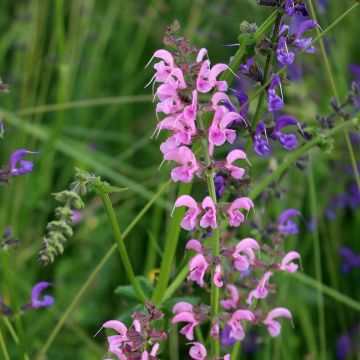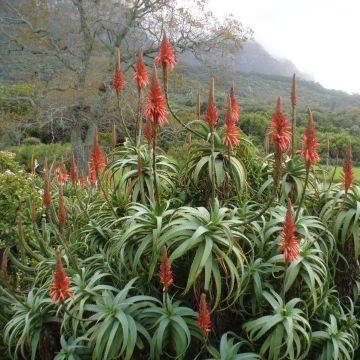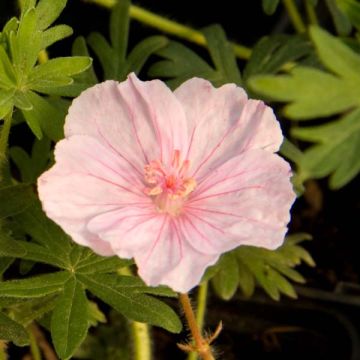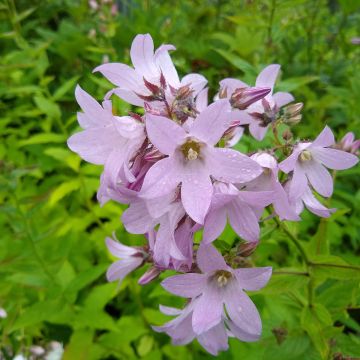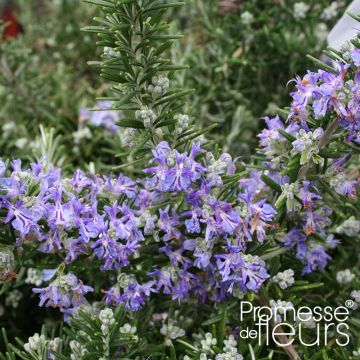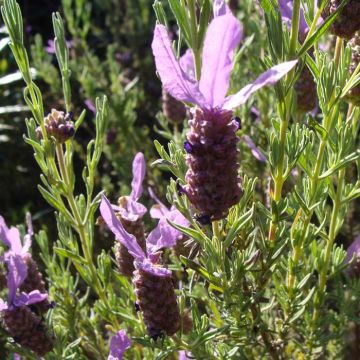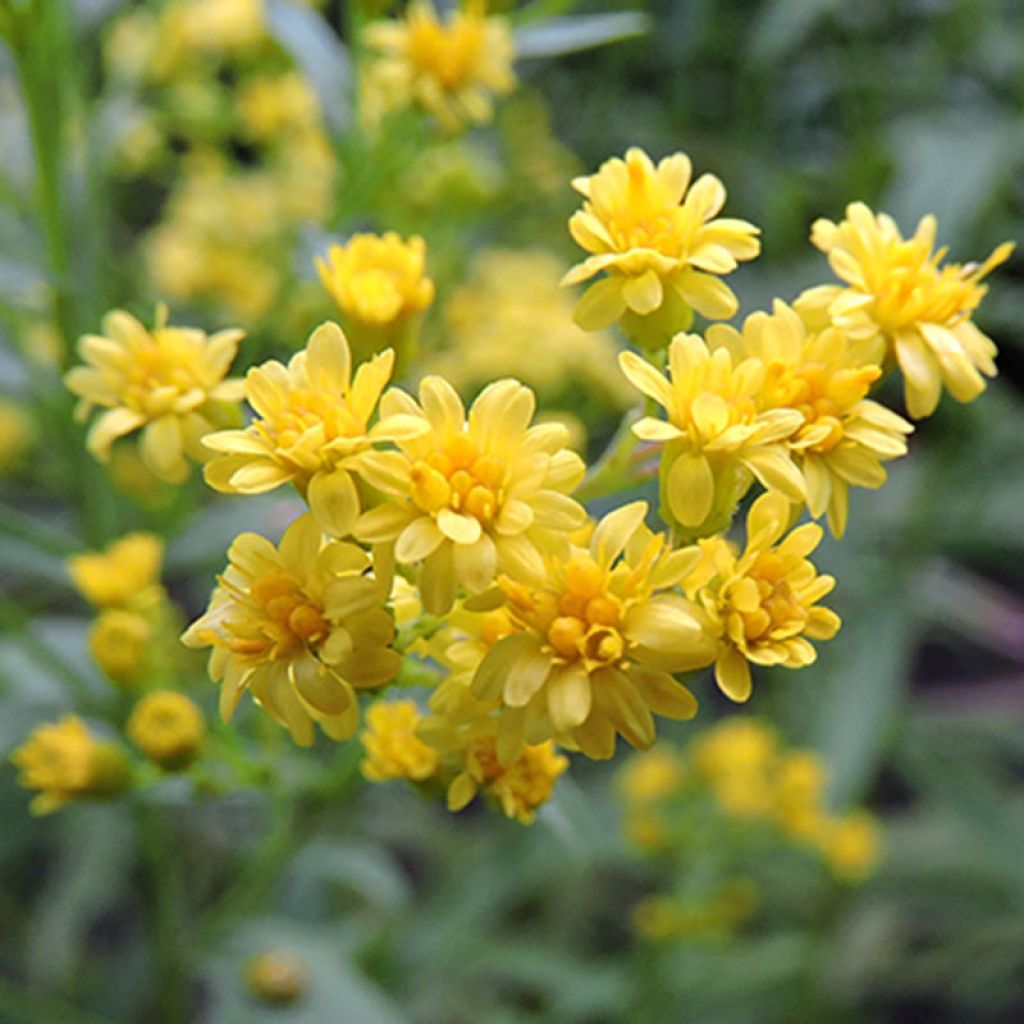

Solidaster luteus Lemore
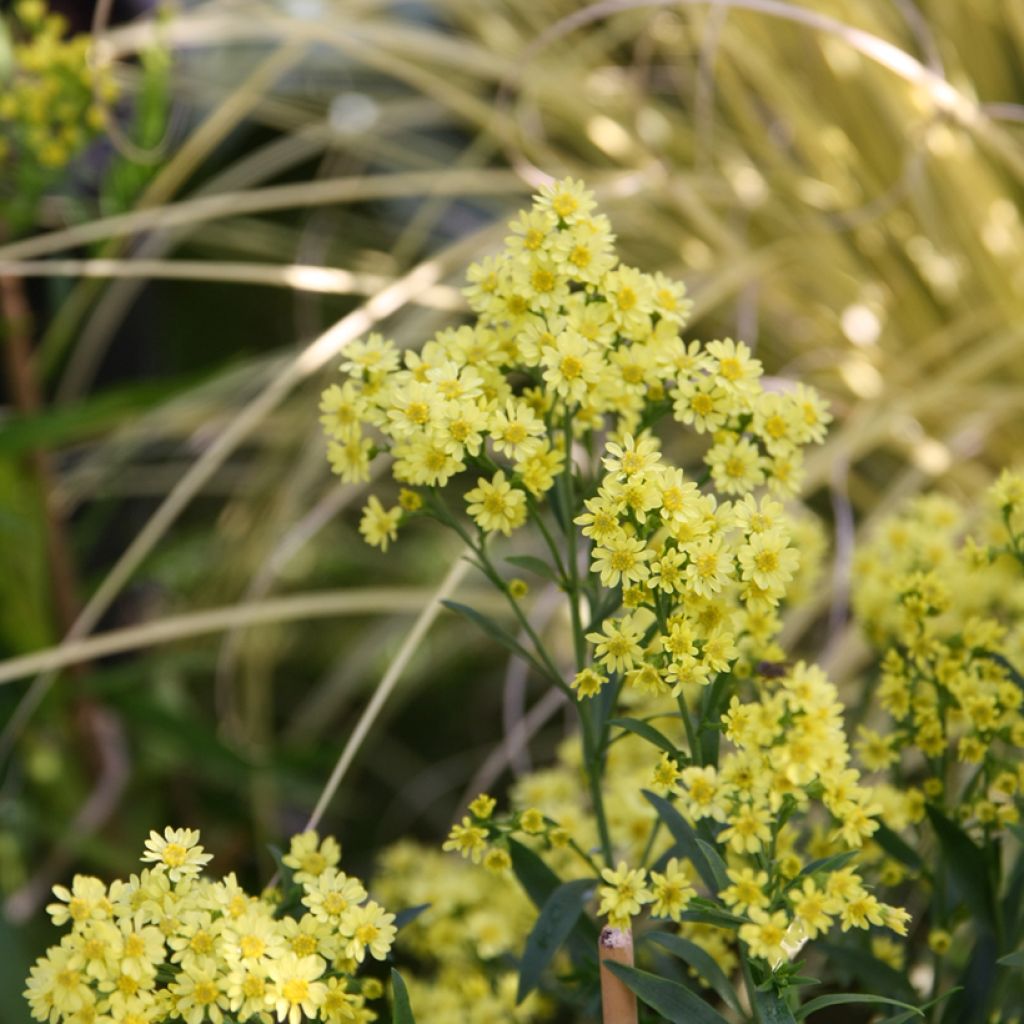

Solidaster luteus Lemore
Solidaster luteus Lemore
(x) Solidaster luteus Lemore
goldenrod
This item cannot be shipped to the selected country
Delivery charge from €5.90
More information
Schedule delivery date,
and select date in basket
This plant carries a 12 months recovery warranty
More information
We guarantee the quality of our plants for a full growing cycle, and will replace at our expense any plant that fails to recover under normal climatic and planting conditions.
From €5.90 for pickup delivery and €6.90 for home delivery
Express home delivery from €8.90.

Does this plant fit my garden?
Set up your Plantfit profile →
Description
Solidaster luteus 'Lemore' is widely used in floristry, due to its dense panicles adorned with tiny lemon yellow daisies that are very long-lasting in a vase. This plant is a particularly floriferous hybrid that combines the qualities of its two parents, Canada goldenrod and Aster ptarmicoides. It blooms all summer with a multitude of delightful little stars, gathered in long bouquets above its narrow, vibrant green foliage. This beautiful plant is also an excellent garden perennial, hardy and easy to grow in ordinary, moist soil.
Solidaster is a spontaneous intergeneric hybrid, discovered in a French nursery in 1910. Solidaster luteus, also known as Aster luteus or (x) Solidaster hybridus, has inherited the flowers of the Aster and the colour of the Solidago. Like its two parents, this sturdy perennial belongs to the aster family. The 'Lemore' variety forms a clump of branched and leafy stems, 80 cm (32in) to 1 m (3ft) high with a spread of 30 cm (12in). It flowers abundantly from July to September-October, with light yellow inflorescences. These are dense, flat paniculate corymbs, composed of tiny aster-shaped heads. The central discs as well as the ray florets open lemon-yellow and then become pale yellow, on the branched ends of downy stems. The foliage consists of alternate, lanceolate, narrow, and vibrant green leaves. This solidaster disappears in late autumn and reappears in spring.
Solidasters are appreciated for their late flowering which helps to provide very beautiful floral compositions at the end of the season. They are robust plants that only dislike excessive heat and drought, which can cause powdery mildew on the foliage. In the garden, Solidaster 'Lemore' can be planted in groups of three plants, next to blue asters (Aster lævis Calliope) or mauve asters (Aster turbinellus), cosmos, 'Mainacht' sage, Crambe cordifolia, and veronicas (Veronica incana, Veronica longifolia), for example. It also pairs well with the purple or red foliage of Japanese maples or Black Lace elderberry.
Report an error about the product description
Solidaster luteus Lemore in pictures
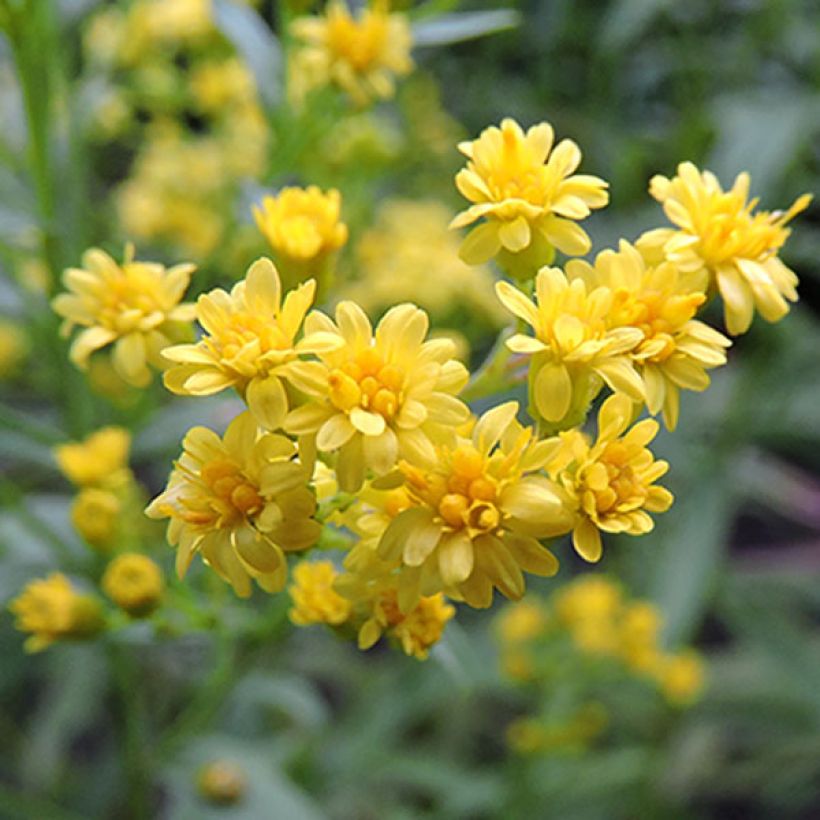



Flowering
Foliage
Plant habit
Botanical data
(x) Solidaster
luteus
Lemore
Asteraceae
goldenrod
Cultivar or hybrid
Other Perennials A to Z
Planting and care
Plant x Solidaster luteus 'Lemore' in full sun or partial shade, in any well-prepared and properly drained, fertile soil, moist even in summer and sheltered from strong winds that could flatten it. In hot regions, mulch the base in summer to maintain moisture. Avoid excessive heat and humidity, which can cause powdery mildew.
Planting period
Intended location
Care
-
, onOrder confirmed
Reply from on Promesse de fleurs
Summer flowering perennials
Haven't found what you were looking for?
Hardiness is the lowest winter temperature a plant can endure without suffering serious damage or even dying. However, hardiness is affected by location (a sheltered area, such as a patio), protection (winter cover) and soil type (hardiness is improved by well-drained soil).

Photo Sharing Terms & Conditions
In order to encourage gardeners to interact and share their experiences, Promesse de fleurs offers various media enabling content to be uploaded onto its Site - in particular via the ‘Photo sharing’ module.
The User agrees to refrain from:
- Posting any content that is illegal, prejudicial, insulting, racist, inciteful to hatred, revisionist, contrary to public decency, that infringes on privacy or on the privacy rights of third parties, in particular the publicity rights of persons and goods, intellectual property rights, or the right to privacy.
- Submitting content on behalf of a third party;
- Impersonate the identity of a third party and/or publish any personal information about a third party;
In general, the User undertakes to refrain from any unethical behaviour.
All Content (in particular text, comments, files, images, photos, videos, creative works, etc.), which may be subject to property or intellectual property rights, image or other private rights, shall remain the property of the User, subject to the limited rights granted by the terms of the licence granted by Promesse de fleurs as stated below. Users are at liberty to publish or not to publish such Content on the Site, notably via the ‘Photo Sharing’ facility, and accept that this Content shall be made public and freely accessible, notably on the Internet.
Users further acknowledge, undertake to have ,and guarantee that they hold all necessary rights and permissions to publish such material on the Site, in particular with regard to the legislation in force pertaining to any privacy, property, intellectual property, image, or contractual rights, or rights of any other nature. By publishing such Content on the Site, Users acknowledge accepting full liability as publishers of the Content within the meaning of the law, and grant Promesse de fleurs, free of charge, an inclusive, worldwide licence for the said Content for the entire duration of its publication, including all reproduction, representation, up/downloading, displaying, performing, transmission, and storage rights.
Users also grant permission for their name to be linked to the Content and accept that this link may not always be made available.
By engaging in posting material, Users consent to their Content becoming automatically accessible on the Internet, in particular on other sites and/or blogs and/or web pages of the Promesse de fleurs site, including in particular social pages and the Promesse de fleurs catalogue.
Users may secure the removal of entrusted content free of charge by issuing a simple request via our contact form.
The flowering period indicated on our website applies to countries and regions located in USDA zone 8 (France, the United Kingdom, Ireland, the Netherlands, etc.)
It will vary according to where you live:
- In zones 9 to 10 (Italy, Spain, Greece, etc.), flowering will occur about 2 to 4 weeks earlier.
- In zones 6 to 7 (Germany, Poland, Slovenia, and lower mountainous regions), flowering will be delayed by 2 to 3 weeks.
- In zone 5 (Central Europe, Scandinavia), blooming will be delayed by 3 to 5 weeks.
In temperate climates, pruning of spring-flowering shrubs (forsythia, spireas, etc.) should be done just after flowering.
Pruning of summer-flowering shrubs (Indian Lilac, Perovskia, etc.) can be done in winter or spring.
In cold regions as well as with frost-sensitive plants, avoid pruning too early when severe frosts may still occur.
The planting period indicated on our website applies to countries and regions located in USDA zone 8 (France, United Kingdom, Ireland, Netherlands).
It will vary according to where you live:
- In Mediterranean zones (Marseille, Madrid, Milan, etc.), autumn and winter are the best planting periods.
- In continental zones (Strasbourg, Munich, Vienna, etc.), delay planting by 2 to 3 weeks in spring and bring it forward by 2 to 4 weeks in autumn.
- In mountainous regions (the Alps, Pyrenees, Carpathians, etc.), it is best to plant in late spring (May-June) or late summer (August-September).
The harvesting period indicated on our website applies to countries and regions in USDA zone 8 (France, England, Ireland, the Netherlands).
In colder areas (Scandinavia, Poland, Austria...) fruit and vegetable harvests are likely to be delayed by 3-4 weeks.
In warmer areas (Italy, Spain, Greece, etc.), harvesting will probably take place earlier, depending on weather conditions.
The sowing periods indicated on our website apply to countries and regions within USDA Zone 8 (France, UK, Ireland, Netherlands).
In colder areas (Scandinavia, Poland, Austria...), delay any outdoor sowing by 3-4 weeks, or sow under glass.
In warmer climes (Italy, Spain, Greece, etc.), bring outdoor sowing forward by a few weeks.



































